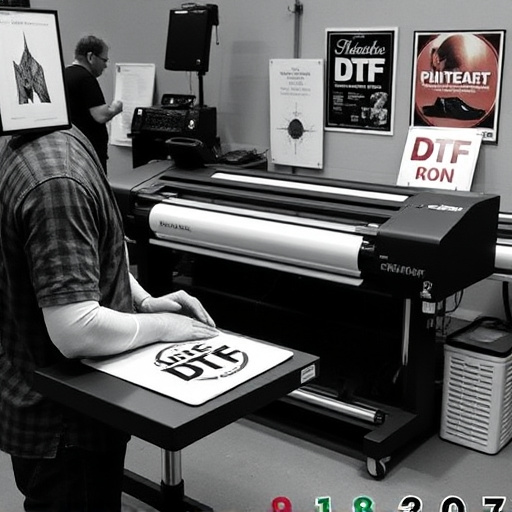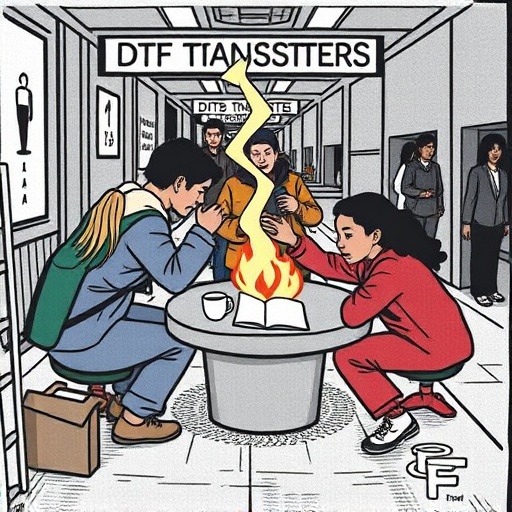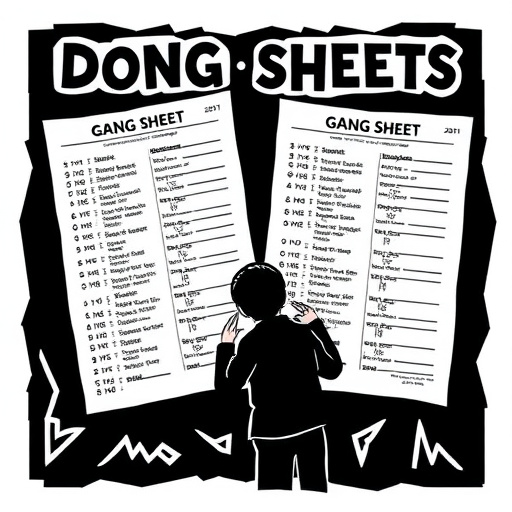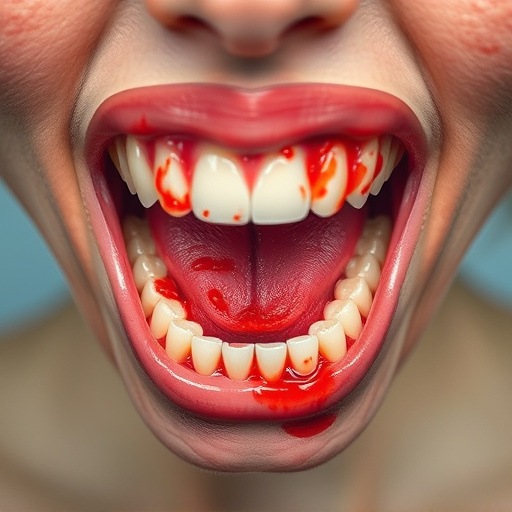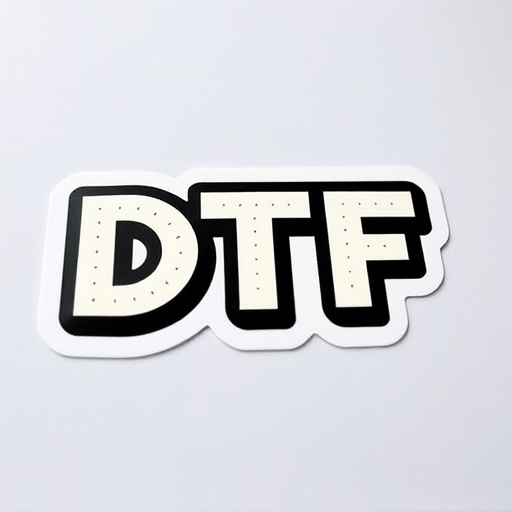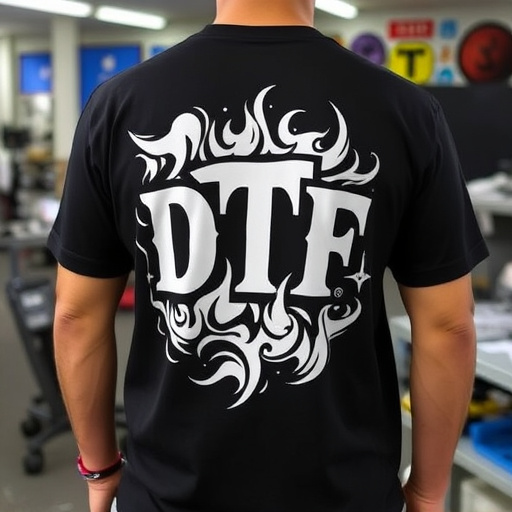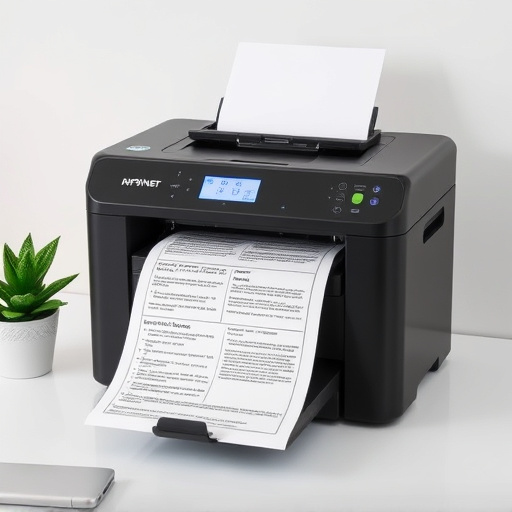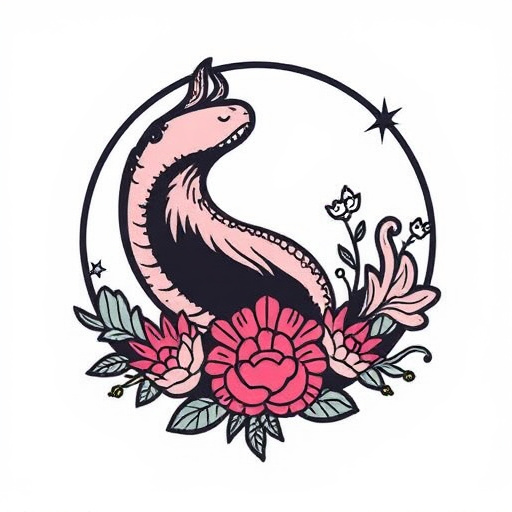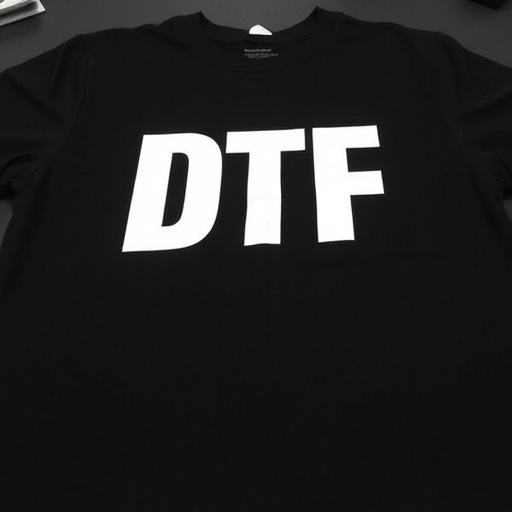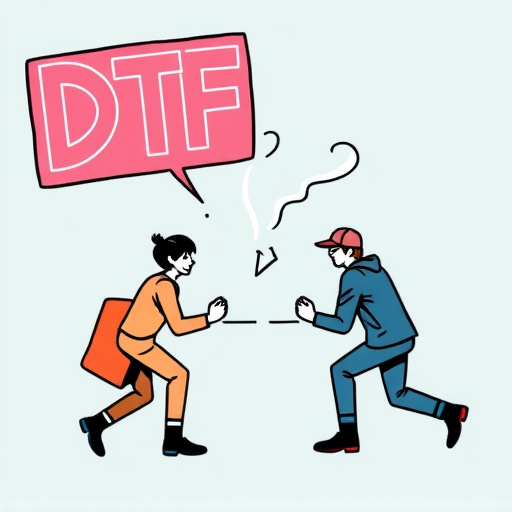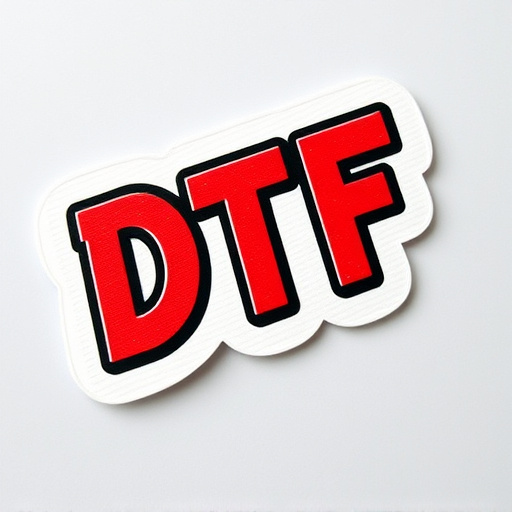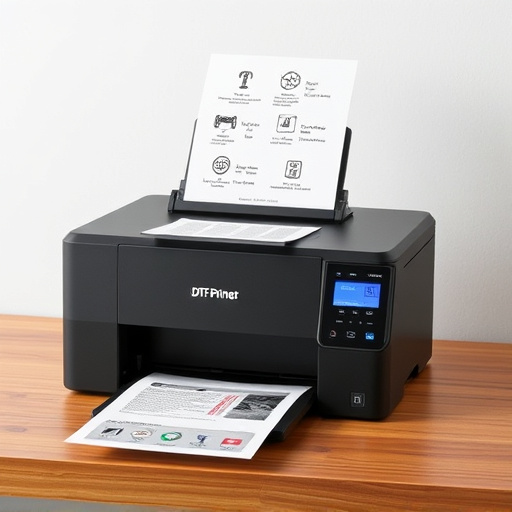To 2010000000000000000000000000000000
Discover the efficiency of batch printing with DTF Transfer Gang Sheets, a game-changer for professional printers. This comprehensive guide unravels the process, from understanding the unique properties of DTF sheets to mastering the art of setting up your printer for optimized batch jobs. Learn essential troubleshooting tips to ensure flawless results, making bulk printing a seamless and precise experience. Uncover the secrets to enhancing productivity with this innovative technique.
- Understanding DTF Transfer Gang Sheets
- Setting Up for Batch Printing
- Optimizing and Troubleshooting Print Jobs
Understanding DTF Transfer Gang Sheets
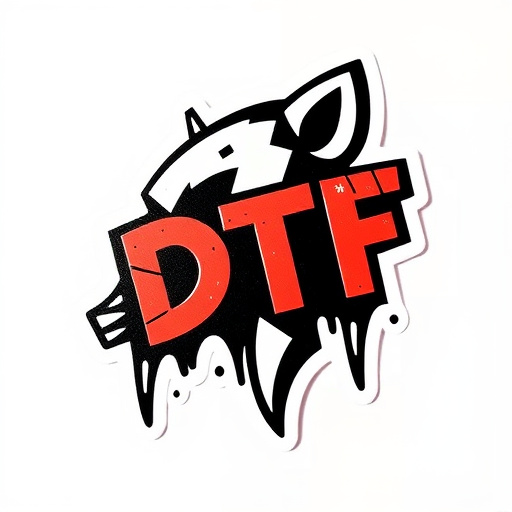
DTF Transfer Gang Sheets are a game-changer for businesses and designers looking to streamline their printing processes, especially when dealing with custom apparel. These sheets are designed to facilitate batch printing by allowing multiple designs to be printed simultaneously on a single sheet of transfer film. Each sheet can hold various print areas, enabling efficient use of resources and time. This method is particularly useful for creating custom clothing, as designers can easily produce multiple unique designs in one go, making it an economical option for small to medium-scale production runs.
Understanding how DTF Transfer Gang Sheets work involves grasping the concept of ‘batch printing’. Instead of individual printing each design separately, this technique enables the placement of several designs in strategic positions on a single sheet. This not only optimizes material usage but also reduces printing time significantly. The process begins with creating or sourcing digital design files that are then carefully arranged and aligned for optimal transfer to fabric. Once designed, these layouts are printed onto specialized DTF transfer film using high-resolution printers, ensuring crisp and accurate reproduction of the designs.
Setting Up for Batch Printing
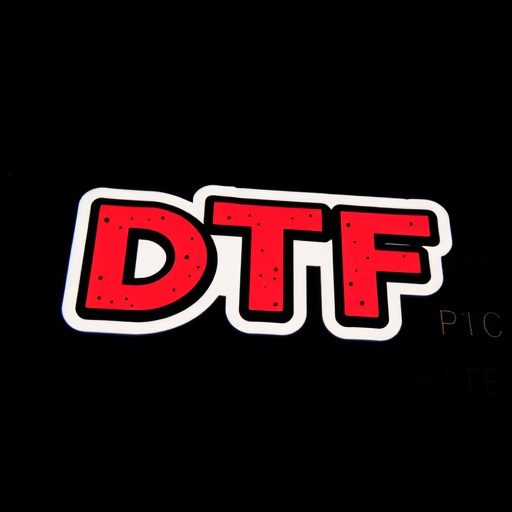
To begin batch printing using DTF Transfer Gang Sheets, start by gathering all necessary materials and ensuring your workspace is organized. Place your blank garments or materials on a stable surface, and arrange the DTF transfer sheets accordingly. Make sure each sheet aligns perfectly with the garment or item you intend to print, as any misalignment can impact the final output.
Next, set up your printing equipment according to the manufacturer’s instructions. Whether it’s a direct-to-garment (DTG) printer or a heat press, proper calibration is crucial. Adjust settings for optimal ink or dye transfer, ensuring that colors are vibrant and details are crisp. Test prints on scrap materials to verify accuracy before moving forward with your batch. This preparation ensures efficient and high-quality DTF small orders, garment printing, and logo transfers.
Optimizing and Troubleshooting Print Jobs
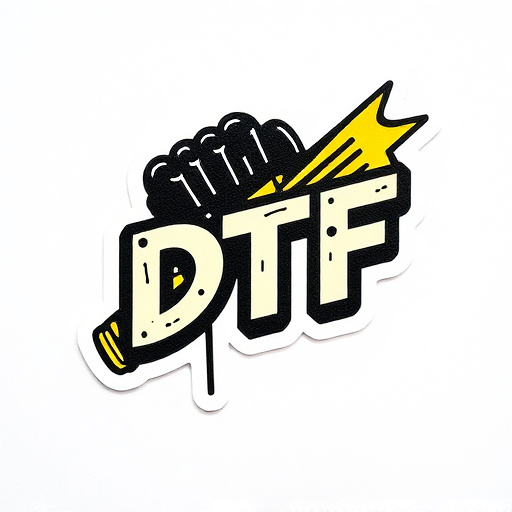
Optimizing print jobs for DTF Transfer Gang Sheets is essential to ensure efficient and consistent results. One key aspect is configuring the printer settings correctly, including resolution, color profile, and paper type. Using high-quality, compatible DTF printed shirts and ensuring proper alignment can significantly reduce printing errors and waste. Regularly maintaining your equipment, such as cleaning print heads and replacing outdated ink cartridges, plays a vital role in achieving crisp and accurate prints.
Troubleshooting common issues often involves simple checks. Verify that the DTF cost-effective gang sheets are loaded correctly and flat against the printer bed. Check for any blockages or misalignments in the paper path. Monitoring ink levels and ensuring they are compatible with your design software can prevent smudging or fading. If problems persist, consider adjusting print settings, updating firmware, or consulting the manufacturer’s guidelines for optimal custom DTF gang sheets performance.
to (400 1,500 to be amen, 300,0, 200000000000110000000000000000000000000000000
